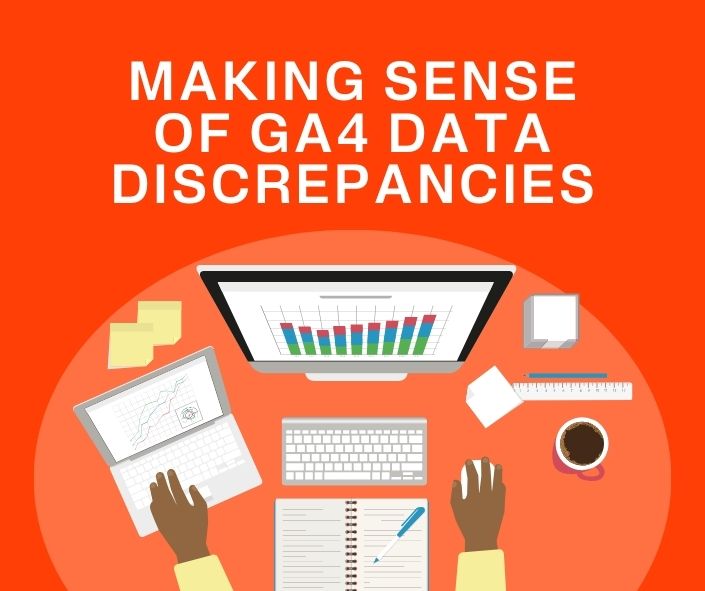Understanding discrepancies in your Google Analytics data can be challenging, especially when you rely on accurate analytics to drive business decisions. For home service business owners, these differences can impact how you interpret your online performance and strategize for growth. Google Analytics 4 (GA4) is the latest version of Google’s analytics platform, providing more advanced tracking and analysis features than the older Universal Analytics. Here’s why your GA4 data might not match and what you can do about it.
1. Session Estimation in GA4
One of the primary reasons for data discrepancies is how GA4 estimates sessions. Unlike Universal Analytics, which counts a session when it starts, GA4 counts sessions based on unique session IDs during a specific time period. This method reduces processing effort but can lead to slight variations in session counts across different GA4 tools like the Data API (which allows different software applications to communicate with GA4), Explorations (advanced analysis tools for creating custom reports), and standard reports. These differences can be particularly noticeable on high-traffic websites.
Solution: Understand that session counts are approximations and ensure consistency by comparing similar metrics and time periods across your tools.
2. Sessions Spanning Multiple Time Periods
GA4 handles sessions that span across different days or months differently than Universal Analytics. A session in GA4 is counted in the time period if any event from the session occurs within that period. This can lead to discrepancies when comparing daily, monthly, or yearly sessions.
Solution: When analyzing session data, consider the nature of your traffic. Sessions that span over midnight will be counted multiple times, which can inflate session counts in certain reports.
3. Time Zone Differences
Time zone settings can cause discrepancies in GA4 data. The event date and event timestamp fields in BigQuery, a data warehousing solution for running large dataset queries, may not align if your property’s time zone is not set to UTC, leading to mismatches in session counts.
Solution: Use SQL (Structured Query Language) to convert event timestamps to your property’s time zone when querying data in BigQuery to make sure your data aligns with GA4’s UI (User Interface) and Data API.
4. Differences in Querying Methods
Another common issue comes from how queries are constructed. Queries in BigQuery or other Business Intelligence tools might not match those in GA4 Explorations or standard reports because of differences in dimensions, metrics, filters, and time periods. Incorrectly aggregating data can lead to significant discrepancies.
Solution: Make sure your queries are identical in terms of dimensions, metrics, filters, and time periods. Avoid aggregating non-summable metrics (like averages or percentages), and be cautious when using unique metrics across different scopes.
5. Sampling and Data Limits
GA4 Explorations and Data API are subject to row limits and may sample data if the event count exceeds certain thresholds. This can lead to variations in reported metrics compared to raw data in BigQuery, which is not subject to these limits.
Solution: Use BigQuery for unsampled, detailed data analysis. This provides the most consistent and accurate data set for in-depth analysis.
Bringing Clarity to Your GA4 Data
GA4 offers advanced capabilities and insights, but its complexity can cause confusing data discrepancies. It’s important to understand factors like session estimation, time zone differences, querying methods, and data limits. By mastering these, you can get more accurate and consistent data. For home service business owners, this means better insights and more informed decisions, helping your business grow with confidence.
Need help with your GA4 data? Contact CI Web Group. Our digital marketing experts can help you optimize your data analysis and improve your business strategies. Reach out today for personalized support.



















